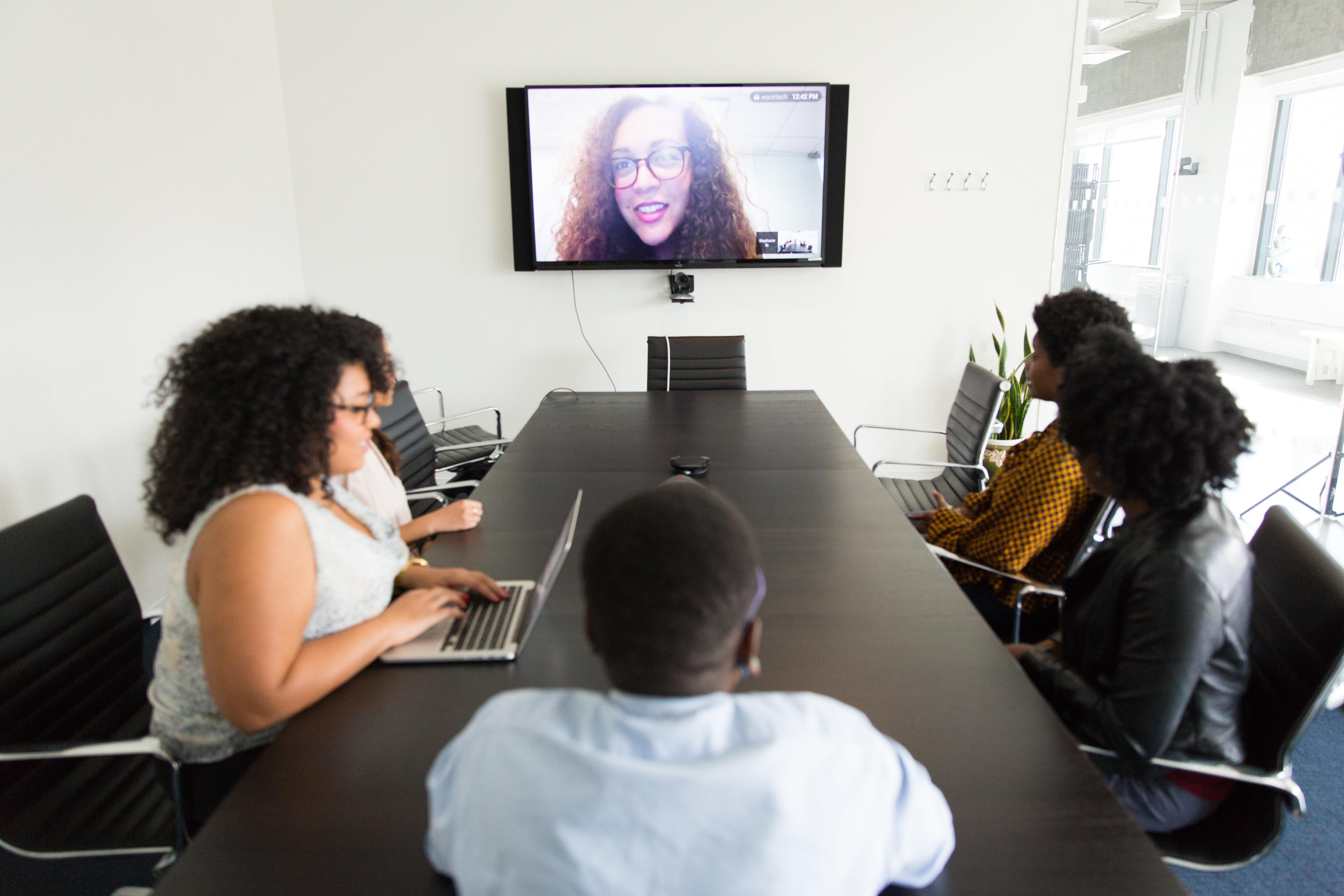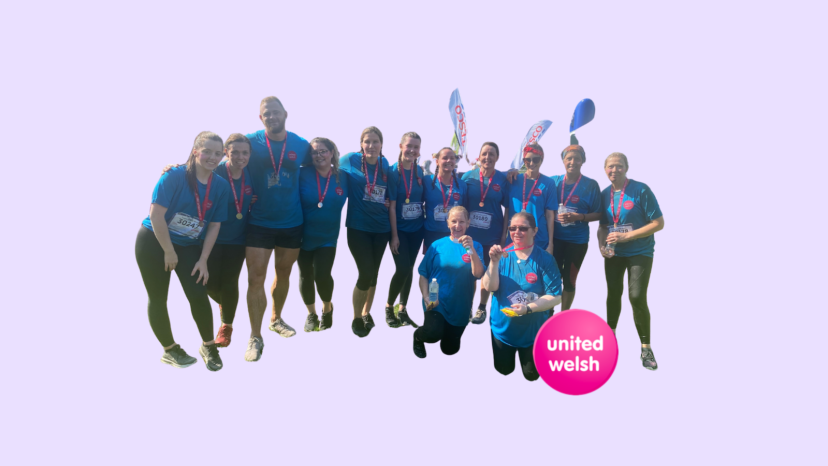Despite progress, the housing industry still has many strides to take when it comes to creating a more inclusive workforce. Here we explain why, and what can be done to make that all-important change.
Social housing is a sector deeply rooted in addressing inequality and supporting the individual needs of a diverse population. The entire purpose of social housing is to provide greater access to secure homes for those who have fewer opportunities in their life. The aim should be to support them in the best way possible - and yet a huge section of these communities go largely underrepresented when it comes to the staff delivering the services.
There is still a substantial need for more diverse workforces in housing associations; especially when it comes to higher-level positions. And it is our duty - as an industry - to make this a reality.





